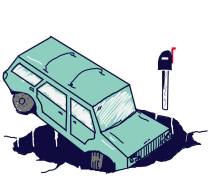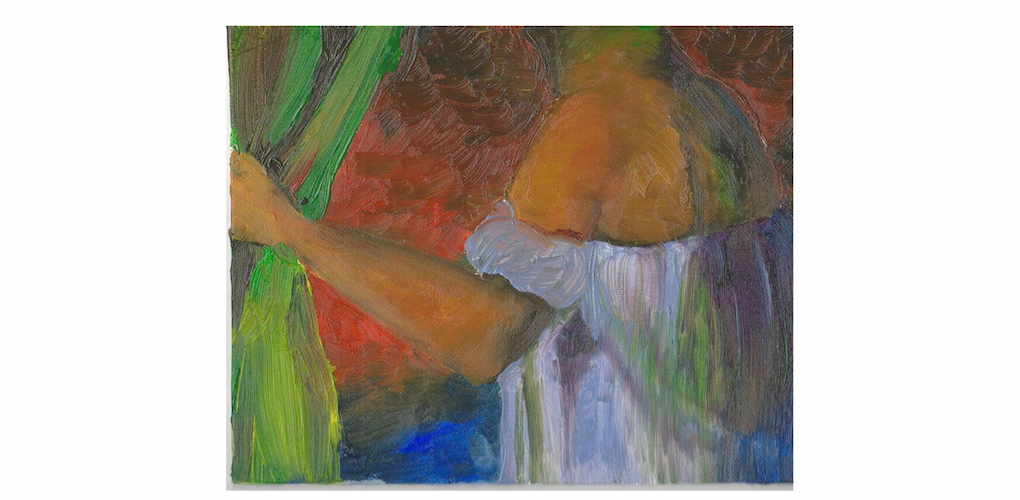By Daché Rogers
Image: Lyra Walsh Fuchs ’19
Josie trilled as she walked down Iberville Street, switching her hips and switching her voice from head to chest, head to chest until she felt almost dizzy. She practiced her scales after she caught her breath again, making her way past Marais Street and towards North Liberty. It was hot, hot enough for her to walk quicker so she would get back to the House and out of the midsummer New Orleans sun. The pavements she walked smelled of something sour and were littered with garbage, and the heat only made the sights and smells worse.
Sometime in the couple of years she’d been living in Storyville, Josie had become acquainted with the streets and places of the small district. Iberville Street itself, where cars clanked by and people strolled in silence, marked the boundary between Storyville and the rest of the city. The street she walked drew a line between who she now was and the type of person she used to be, but she walked it as if the city was all the same—except it wasn’t. The New Orleans she’d grown up in was something much less interesting, much more dignified, somehow more confined, than the mere sixteen blocks that made up the place she now called home.





